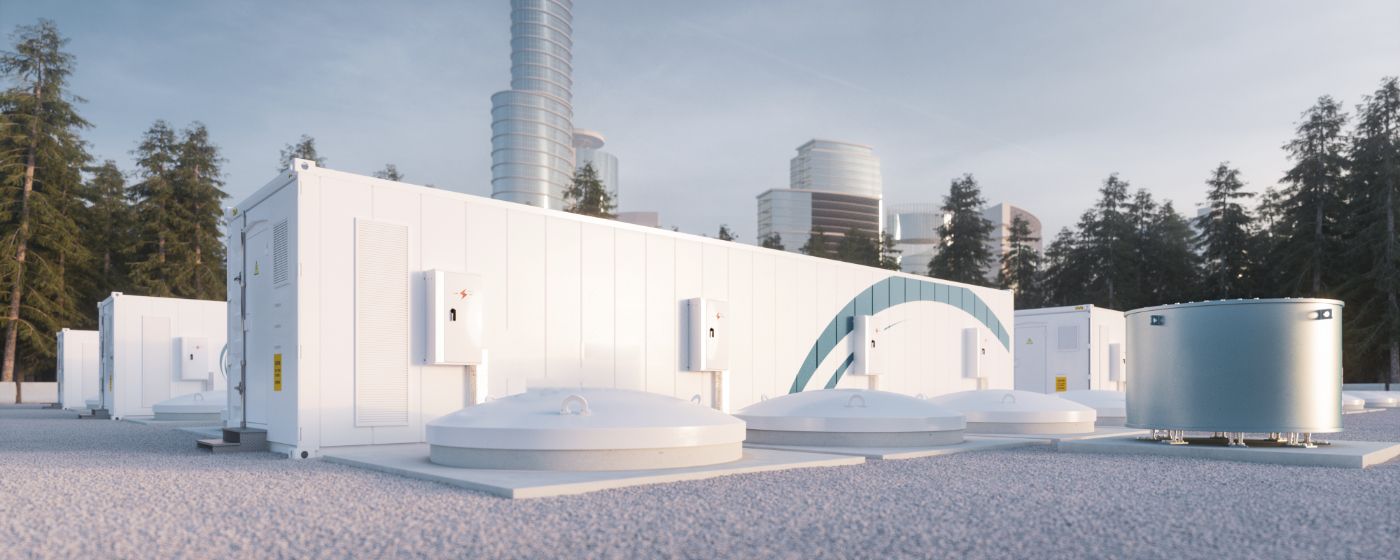Industrialized countries are setting the course for a decarbonized economy. On the way there, "green" hydrogen (H2) is seen by many industries as both a source of energy and of hope. But demand for hydrogen electrolyzers and H2-ready plants is currently significantly outstripping engineering and production capacities. New digital development processes, such as those enabled by AUCOTEC's Engineering Base (EB) collaboration platform, could significantly narrow the yawning gap between supply and demand. This is also shown by the example of the Danish catalyst and electrolysis expert Topsoe, which is already working with EB.
Where are the sticking points?
The answer to many questions surrounding decarbonization is "hydrogen". Whether as a fuel for the passenger and freight transport of the future, as an energy carrier in industrial plants or for the low-loss storage and safe transport of renewable energy. The energy-rich gas is produced directly from water using electricity and electrolysis. If the electricity is generated in aCO2-neutral way, for example by wind power or photovoltaic systems, it is referred to as "green" hydrogen.
While the theory is optimistic, there are still considerable problems in practice. There is a lack of a nationwide hydrogen network, a lack of mobile fuel cells to replace diesel engines in the mobility sector, a lack of plants capable of using H2, and a lack of sufficient quantities of hydrogen, especially green hydrogen. This is because there is still far too little electrolysis capacity on the market that could provide the sought-after energy carrier in the required quantities.
Raising electrolysis potential with efficient engineering
A reduction in the current investment costs for water electrolysis plants by a factor of 3.5 to 5 is realistic according to estimates by industry representatives*. In addition to improving the actual electrolysis technology, an important lever is the optimization of engineering processes for hydrogen electrolysis plants. And it's urgent. AUCOTEC, for example, is contacted by interested parties who want to have multiplied their production capacity in just a few years, in order to be able to supply electrolyzers for a total output of well over 100 megawatts per year.
Many players on the market are still struggling with inadequate tools and data models in the planning and development of plants, some of which even require manual intermediate steps. On the one hand, this concerns young plant manufacturers who are perfectly familiar with hydrogen technology but are entering unknown and unclear territory with engineering practice. On the other hand, many experienced machine and plant manufacturers still engineer out of habit with the document-oriented tools they designed decades ago and shy away from the effort required for the necessary transformation. These companies could participate much more fully in the market ramp-up of hydrogen if they significantly accelerated their production and development cycles with data-centered, modular engineering. This also applies to operators who want to convert their existing plants to be H2-compatible.
Cross-discipline simultaneous, agile and secure
Contemporary engineering, as understood by AUCOTEC, is based on a central data model on which all disciplines involved work together and simultaneously – from the initial plant concept to commissioning. All changes and further developments made in one discipline are immediately and consistently visible and historically traceable in all other representations of the planning object for all discipline-specific participants. EB's universal, always consistent data model of devices, functions and their complete network of relationships up to automation is the perfect and technologically leading foundation for agile teamwork. Error-prone data transfers or duplicate entries as well as time-consuming reconciliation processes are eliminated; instead, not only the users can always rely on maximum data quality. Even project managers without in-depth system knowledge can have EB display the status of their projects at any time via a dashboard.
Easily scale modular electrolyzers

Niclas Meier, Major Account Manager, AUCOTEC AG
Niclas Meier, who supports the hydrogen industry as Major Account Manager at AUCOTEC, emphasizes: "Not only, but also for the highly modularized design of electrolyzers, Engineering Base opens up enormous possibilities for planning and development departments: The system can support not only large-scale plant builders or operators, but also customers who want to assign their projects more to the product world and work with highly standardized modules to 'click together', for example function-oriented assemblies. EB offers an extremely intelligent solution for this. We are convinced that our platform will make an important contribution to enabling companies to scale their engineering and production capacities in the growth market of hydrogen faster and better. At Topsoe, for example, some work now takes six weeks instead of six months."


